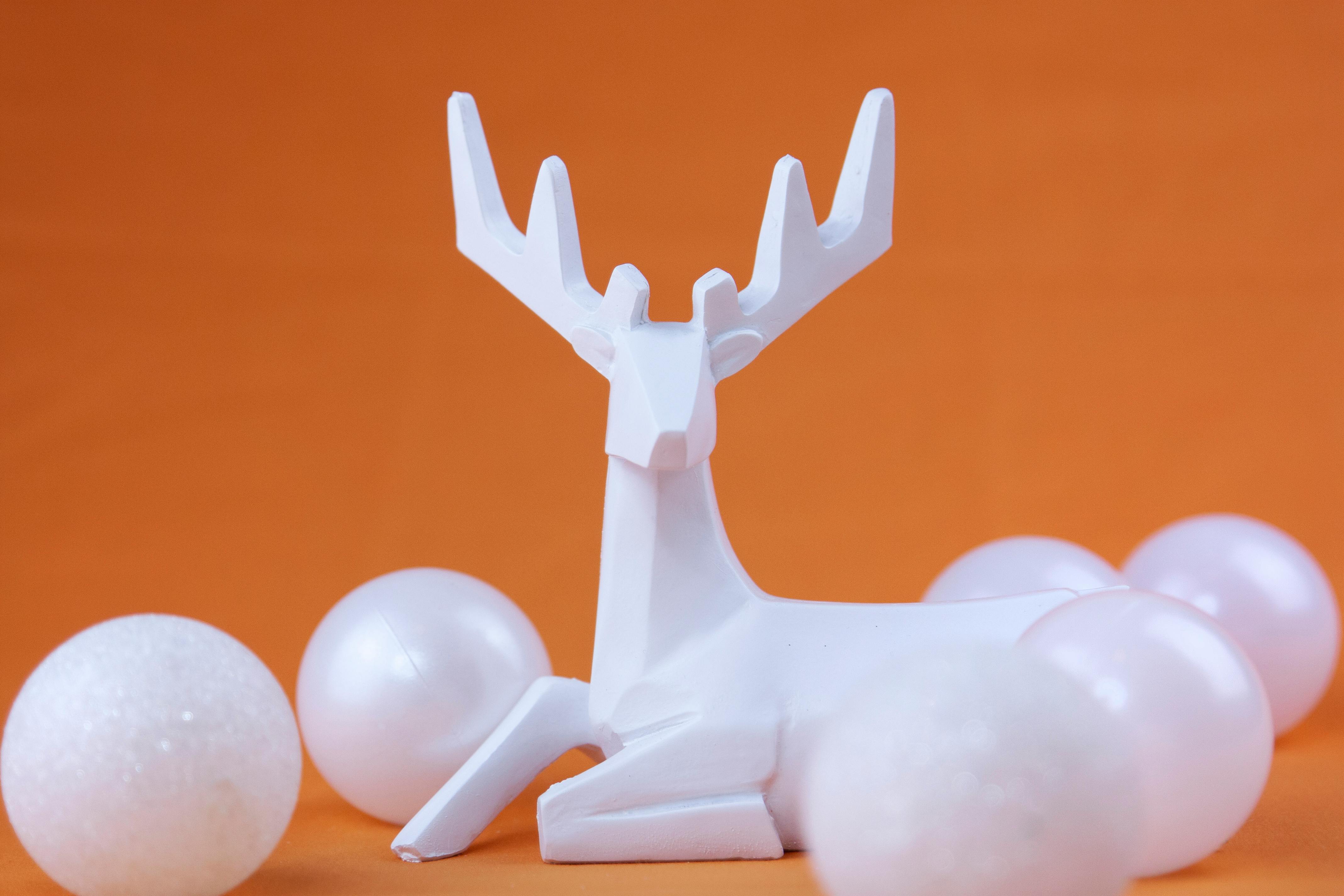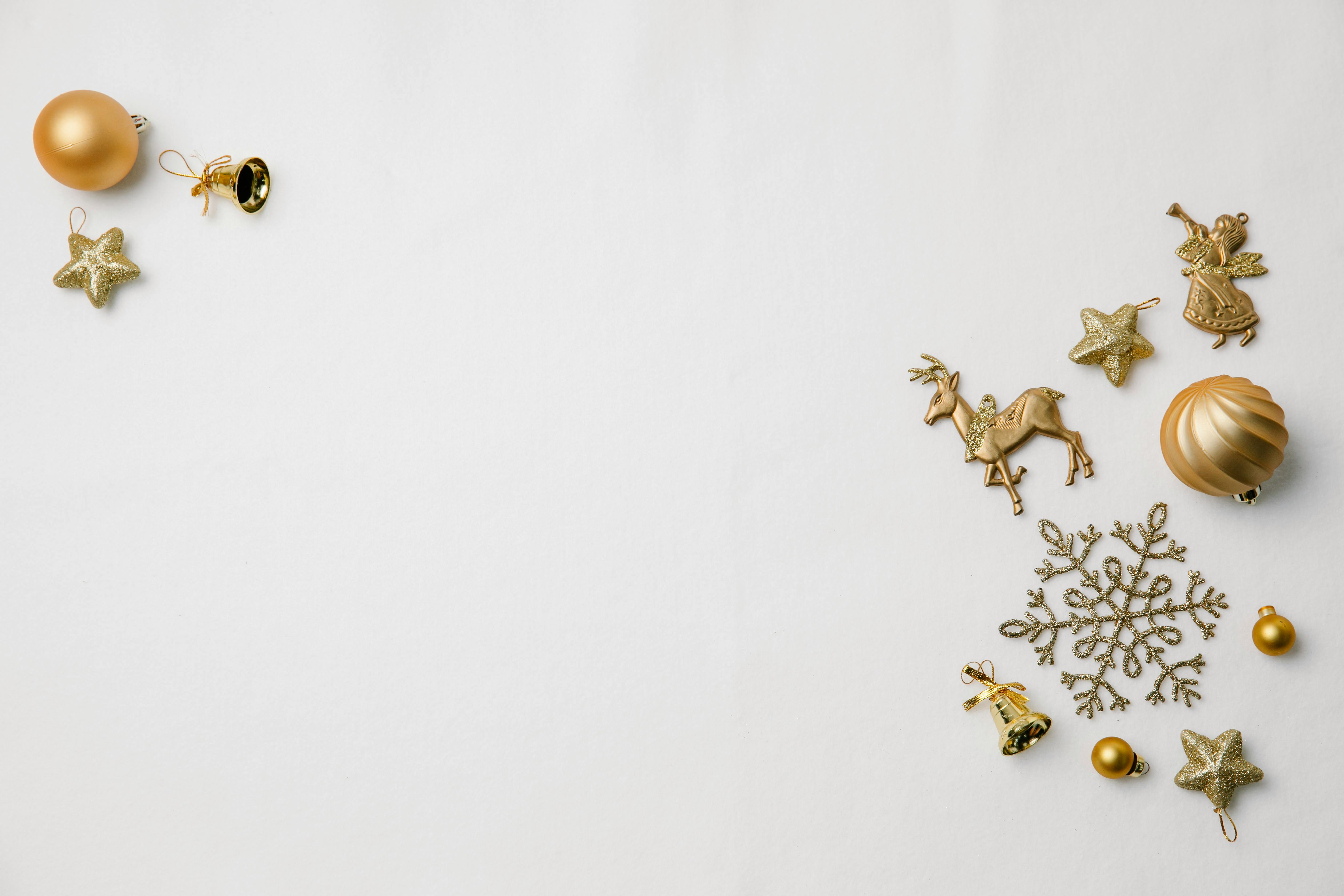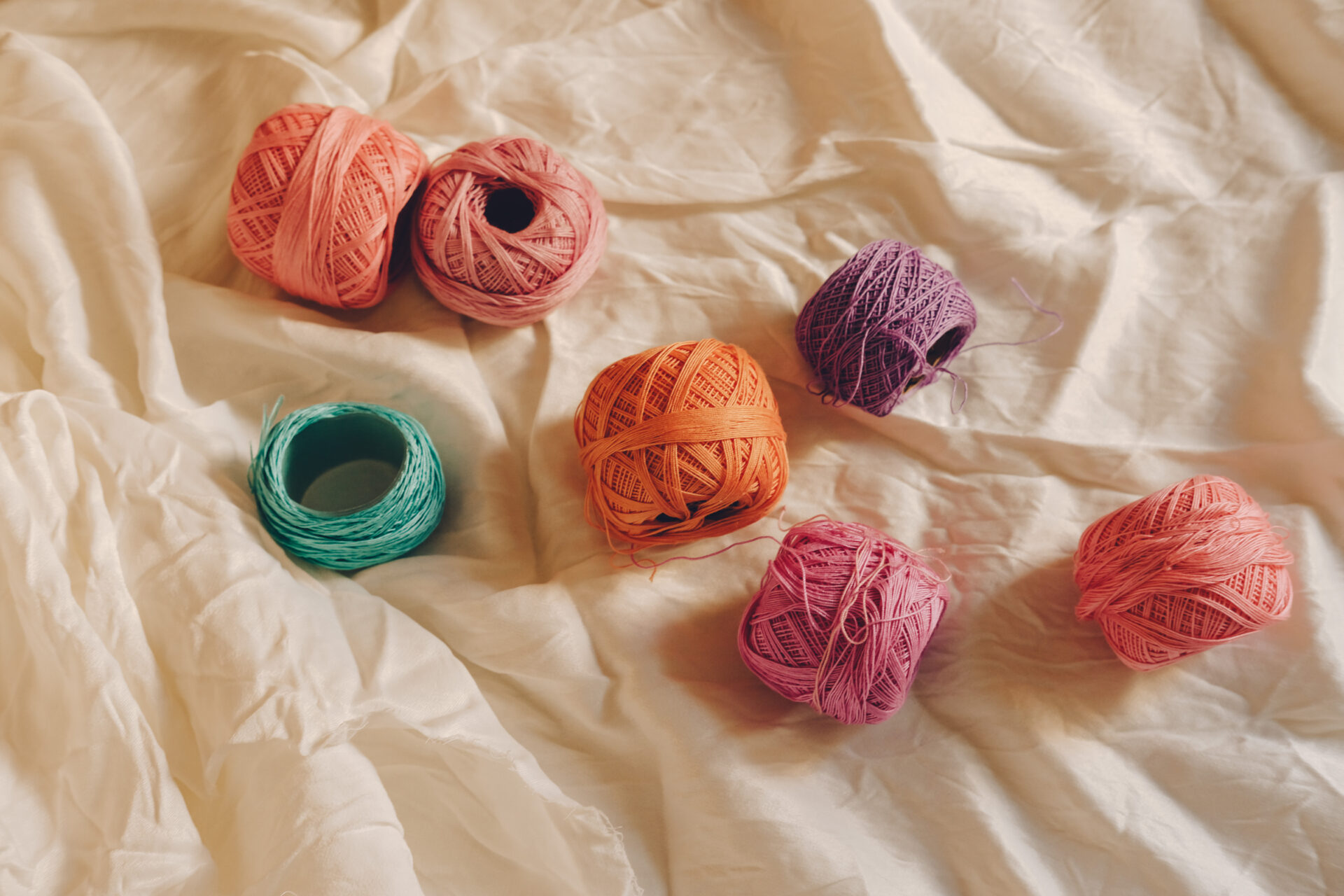Moth balls have been used for many years as an effective way to keep deer away from gardens and other areas. While some people swear by their effectiveness, others are more skeptical and wonder if moth balls really do work. In this article, we will look at the evidence and discuss whether moth balls can actually be used to keep deer away from your garden.Moth balls are small balls or tablets of chemical pesticide that people use to protect their clothing and other fabrics from damage by moths. They typically contain naphthalene, paradichlorobenzene, or camphor, which emit fumes that are toxic to moths.
What Do Moth Balls Do?
Moth balls are a common method used to repel and kill moths, their larvae, and other insects. Typically, moth balls contain either naphthalene or paradichlorobenzene, which are both toxic chemicals. When moth balls are placed in an enclosed space such as a closet or storage area, the vapors from the chemicals are released into the air. This creates an environment that is hostile to insects and can help protect stored fabric items from damage caused by moths and their larvae. The use of moth balls is generally considered safe when used as directed; however, they can be toxic if ingested. It’s important to keep them out of reach of children and pets.
Moth balls should not be used for long-term storage of fabric items as the vapors can cause discoloration or fading over time. In addition, some people may be sensitive to the smell of moth balls and find it unpleasant. These odors can also linger in clothing or other fabrics long after the moth balls have been removed. For best results, it is recommended that fabrics be stored in airtight containers in a cool, dry area away from direct sunlight or heat sources.
How Do Moth Balls Repel Deer?
Moth balls are commonly used as a natural deer repellent. They are believed to be effective at deterring deer because of their strong odor. The scent of moth balls is very unpleasant for deer, so they stay away from areas where the odor is present. When used correctly, moth balls can be an effective way to keep deer away from plants and gardens.
Moth balls typically come in two forms: naphthalene and paradichlorobenzene. Naphthalene is the more commonly used form, and it can be found in most stores that sell gardening supplies. It releases a strong smell that repels not only deer but also other animals such as rabbits and skunks. Paradichlorobenzene is not as commonly used, but it has been known to be effective at repelling deer in some cases.
When using moth balls as a deer repellent, it’s important to follow the instructions carefully. Generally speaking, moth balls should be placed in small mesh bags or spread around plants and gardens in shallow dishes or trays. The number of moth balls needed will depend on the size of the area being treated and how frequently it needs to be reapplied. For best results, the bags or dishes should be placed every 10-15 feet around the perimeter of the area being treated.
In addition to placing them in mesh bags or dishes, moth balls can also be placed directly into the soil around plants or gardens. However, this method should only be used sparingly since the chemicals can be toxic if too much is applied at once. Additionally, when using either method, it’s important to periodically check on the mothballs and replenish them when necessary since their effectiveness decreases over time due to weathering or evaporation.
Overall, mothballs are an effective way to naturally repel deer from your garden or yard without resorting to harsh chemicals or other methods that may hurt wildlife. As long as they are used correctly and replenished regularly, they can provide an effective solution for keeping deer away from your garden or yard without harming any other animals in the process.
What Type of Moth Balls Will Keep Away Deer?
Moth balls can be an effective way to keep deer away from your property. They contain a powerful, unpleasant smell that deer find off-putting. While any type of moth ball will repel deer, there are certain types that are more effective than others. Certain mothballs have a higher concentration of naphthalene, which is the active ingredient that repels deer. Naphthalene-based mothballs are particularly effective because they release their scent slowly over time, providing long-lasting protection. Additionally, these types of mothballs also contain other ingredients such as paradichlorobenzene, which can help to further repel deer.
When using mothballs to keep away deer, it’s important to remember that the scent is very strong and may linger in the area for some time. As a result, it’s best to place the mothballs around the perimeter of your property rather than directly on your plants or vegetables. Additionally, you should be sure to place the mothballs in an area where they won’t be disturbed by rain or wind and can remain in place for several months at a time. Finally, for maximum effectiveness it’s recommended that you replace the mothballs every few months to ensure they remain fresh and active.
Where Can You Place Moth Balls To Repel Deer?
Moth balls are a common method for repelling deer from gardens, landscaped areas, and other outdoor spaces. The strong odor of the moth balls is unpleasant to the deer, making them avoid the area. Moth balls can be placed around any area that you would like to keep deer away from. They can be placed in mesh bags and hung from tree branches or posts, or scattered around the perimeter of the desired area. Moth balls can also be placed in window boxes or planters to deter deer from getting too close. Another option is to create a line of mothballs around your garden beds or along fence lines. To prevent children and pets from coming into contact with the mothballs, it is best to place them out of reach or in an enclosed area. Remember that any mothballs used outdoors should be changed every few weeks due to their tendency to break down quickly when exposed to moisture and sunlight.

Are There Alternatives To Moth Balls To Keep Deer Away?
Moth balls are often used by homeowners and gardeners to keep deer away from their plants, but these chemicals can also be hazardous to other animals and humans. Fortunately, there are a variety of natural alternatives that can be used as deer repellents, such as soap bars, garlic spray, and predator urine.
Soap bars are an easy-to-use deterrent for deer. Simply hang several from trees or stakes around the perimeter of the garden. The smell of the soap is unpleasant for deer and will drive them away. Soap bars should be replaced after a few weeks or when they become wet from rain.
Garlic spray is another great alternative to moth balls for keeping deer at bay. It is made with garlic cloves, water, and vegetable oil mixed together in a spray bottle then applied around the perimeter of the garden. The smell of garlic keeps deer away while still being safe for other animals and humans.
Predator urine can also be used to repel deer from gardens and yards. This method involves spraying or pouring predator urine around the perimeter of the area in order to make it appear that predators are present in the area. This makes deer think twice about entering into your yard or garden and will help keep them away naturally.
There are several alternatives to moth balls that can be used to keep deer away from gardens and yards without posing any risk to humans or other animals nearby. Soap bars, garlic spray, and predator urine are all effective methods that can be used instead of moth balls with great results.
Are There Any Risks With Using Moth Balls To Repel Deer?
Moth balls are commonly used as a deterrent to keep deer away from gardens and yards. While there are some perceived benefits to using moth balls for deer control, there are also potential risks associated with their use. Moth balls are toxic chemicals, and their use could have adverse effects on the environment and on human health.
Moth balls contain naphthalene or paradichlorobenzene, both of which are classified as hazardous substances by the Environmental Protection Agency (EPA). These chemicals can leach into soil and water sources, affecting aquatic life and potentially harming humans who come into contact with them. Additionally, exposure to the fumes of mothballs can cause health problems such as nausea, dizziness, headaches, and even irritation of the eyes or skin.
In addition to the environmental and health concerns associated with mothball use, there is also evidence that deer may not be deterred by them in some cases. Some research has suggested that deer may become accustomed to the smell of mothballs over time, rendering them ineffective in keeping deer away from a particular area.
For these reasons, it is important to consider the potential risks before using mothballs for deer control. If used improperly or without consideration for safety protocols such as wearing protective gear while handling them, they can cause more harm than good. Ultimately it is up to each individual to decide if using mothballs is an appropriate approach for controlling deer in their area.
Is It Legal To Use Moth Balls To Deter Deer From Your Property?
Using moth balls to deter deer from your property is a common method of pest control, but it is important to check local regulations before using them. In some states, the use of mothballs for this purpose is illegal due to the potential environmental damage they can cause. Additionally, some states may have specific laws governing the use of mothballs in outdoor areas.
Mothballs contain a chemical called naphthalene, which has an unpleasant smell that deer find repellent. This chemical has the potential to seep into soil and nearby water sources, which can be damaging to wildlife and plants. Furthermore, inhaling or ingesting naphthalene can cause health problems in humans and animals alike. As such, it is important to consider all of these risks before using mothballs for deer control.
If you live in an area where the use of mothballs is legal, you should always follow manufacturer instructions when using them on your property. It’s also important to note that mothballs are not a long-term solution for controlling deer populations; they only provide temporary relief from deer activity on your property. If you are looking for a more permanent solution, you may want to explore other methods such as fencing or repellents that don’t contain harmful chemicals.
Overall, using moth balls as a means of controlling deer populations on your property is not necessarily illegal; however, it’s important to check local regulations before doing so due to potential risks associated with the chemicals they contain. Additionally, it’s important to note that moth balls are not a long-term solution and should be used in conjunction with other methods if you want lasting results.

Conclusion
Mothballs are an inexpensive and readily available deer repellent that can be used to keep deer away from gardens and landscaping. While they are effective at deterring deer, they should be used with caution due to their toxic nature. Mothballs also need to be replaced or reapplied regularly in order for them to remain effective. Overall, mothballs may be a useful tool for keeping deer away from your property, but there are other deterrents that may be more effective and less hazardous.
When considering the use of mothballs as a deer repellent, it is important to weigh all of the pros and cons before making a decision. If you do decide to use them, make sure to use them safely and follow all instructions for proper application and disposal.




